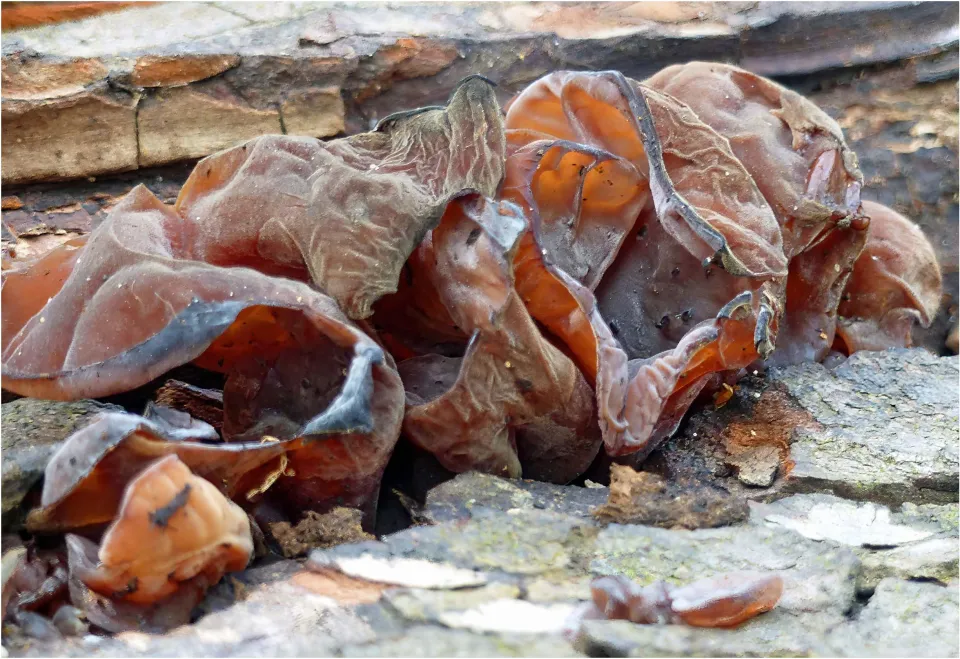By: Matthew Yang
Fungi are often overlooked. However, Merlin Sheldrake, a biologist and author, and Toby Kiers, an evolutionary biologist, are studying them to help solve our big environmental problems.
People often think of fungi as mushrooms, only. In fact, mushrooms are only one type of fungi: the so-called fruiting bodies of the underground fungi network, the mycorrhizal fungi. From keeping plants healthy to absorbing toxins, mycorrhizal fungi help the earth every day.
Mycorrhizal fungi keep plants healthy by linking them together into one vast fungal network. If one plant is attacked by aphids, for example, the fungal network can let others know to release hormones that attract wasps, which will come to eat the aphids.
Fungi can be trained to get rid of litter, such as cigarette butts. When a group of researchers grew oyster mushrooms on used cigarettes, the mushrooms quickly consumed the cellulose and plastic, leaving behind recyclable material.
Underground fungi provide plants with nutrients while absorbing the carbon they pull from the atmosphere. By one estimate, five billion tons of carbon flow from plants to mycorrhizal fungi annually. Fungi could potentially help remove carbon dioxide from the air to combat climate change.
The benefits of fungi should not be underestimated. More studies need to be carried out, but fungi may help us out of our current environmental disaster.
Resources:
Whether You’re Making a Meal or Cleaning an Oil Spill, There’s a Fungus for That, The New York Times.
How researchers use mushrooms to break down cigarette butts, Kxan News.











